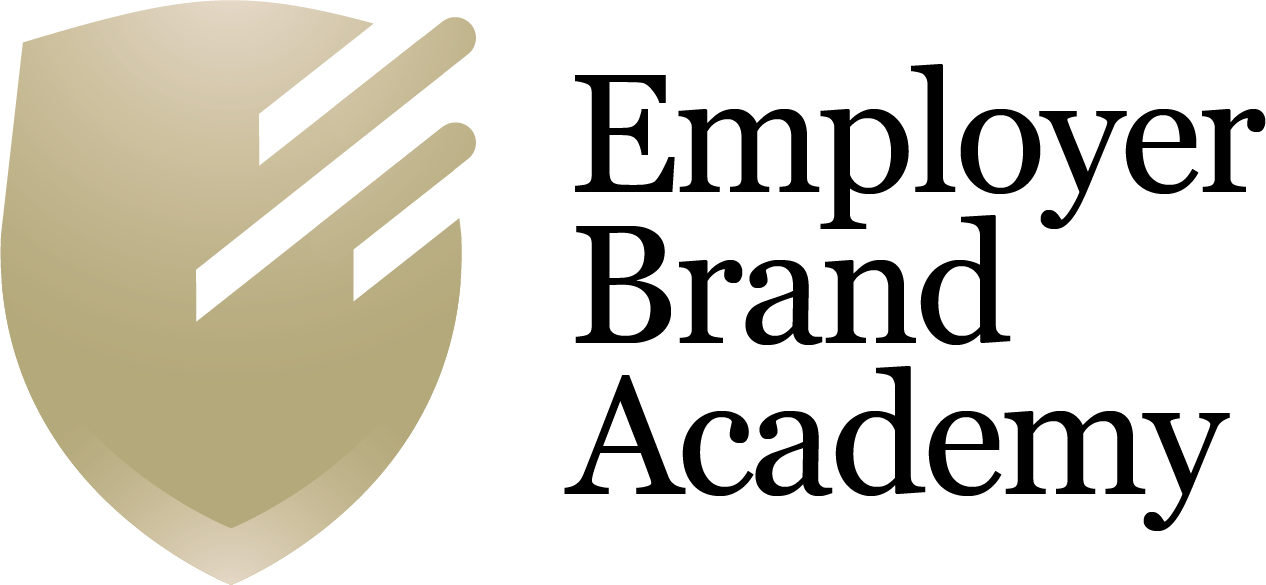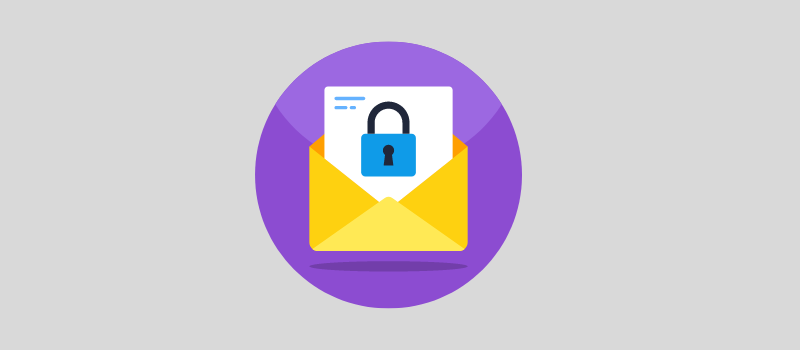Creating effective internal communications within an organisation is essential for the success of an employer brand management strategy. One key aspect of this is ensuring that emails sent from the HR department are read and engaged with by employees.
Many people underestimate the power of an employer email. However, it is a powerful tool that can be used to communicate important information, build trust and credibility, and create a sense of community among employees. To achieve this goal, we can utilise automation tools to streamline email campaigns and reduce manual work, test different strategies and measure the results to see what works best for their company and employees, and use analytics to track the performance of email campaigns and adjust strategies accordingly.
A manual approach for mass mailing to employees is also a viable option depending on the size and needs of the organisation, but not recommended in the era of Data & Personalisation. However, no matter our methods, there are some methods that are viable in any people communications.
In this article, we will share tips and strategies for making HR emails more attractive and effective. By following these recommendations, we can increase the chances of our HR emails being read and engaged with by employees.
1- Headline Mastery: Crafting Irresistible Titles
The headline is the first thing employees will see when they receive an email. Thus, we have to make sure the email is opened and read. To create an effective headline, use language that is clear, concise, and reflective of the message we want to convey. Additionally, test and optimize the subject line and email design for higher open rates. Here are some additional recommendations for creating effective headlines.
- Keep headlines short and to the point, and avoid using buzzwords or phrases that may sound too generic.
- Make the headline specific and relevant to the employee. This will help increase the chances of the email being opened.
- Consider using emojis in the subject line. Studies shown that emails with emojis in the subject line are more likely to be opened. However, use them sparingly and make sure they are relevant to the content of the email.
- Use numbers and statistics to make our headlines more compelling. For example, “Improve productivity by 15% with these tips.”
- Use powerful words such as “new,” “exciting,” “Don’t miss this important update,” and “exclusive” to create a sense of urgency and make employees want to open the email.
- Try using a question in the subject line to spark curiosity and increase the chances of the email being opened.
2- Easy On The Eyes: Formatting Tips
The formatting of an email is also important, as it helps employees quickly understand the content of the email, making it more likely for them to read it. To create effective formatting, use techniques such as bullet points, headings, relevant videos, and images to make our emails more visually appealing and easy to read. Additionally, make sure emails are mobile-friendly and consistent with our employer brand. Here are some additional recommendations for formatting.
- Incorporate employer brand into the emails by using company logo, colours, and messaging. Keep our company’s branding consistent in emails.
- Use a clear sender name and a consistent email address. Utilise a professional email signature with contact information and company logo.
- Another recommendation is to use a clear and easy-to-read font. This will make it easier for employees to quickly scan the email and find the most relevant information.
- Consider including a summary of the email at the top of the email, this will make it easier for employees to quickly understand the content of the email.
- Use a consistent layout for all our emails, this will make it easier for employees to recognise them and know what to expect.
- Use white space to make our emails more visually appealing and easy to read.
3- Compelling Content: How To Keep Employees Engaged
One way to make sure employees read our emails is to make sure the content is relevant and important to them. We should tailor the content to their role, department or interests. Thus, we personalize our emails to make them more relatable and relevant to the recipient.
- Use the employee’s name, mention the importance of their department or role, and address their specific needs and interests.
- Make sure the content is relevant, informative and meaningful for our employees. Avoid sending generic and unnecessary emails.
- Another recommendation is to ensure that the tone of our emails is appropriate and professional. Avoid using too informal of a language, or too much of a dry tone. Use a tone that is consistent with our employer brand.
- Timing is also important when it comes to sending emails. Plan to send them at the best time for our employees so they are more likely to read and engage with the content.
- Always include a clear call to action in our Encourage employees to take a specific action, such as visiting a website or signing up for a training program.
- Segment the audience according to their role, department, or interests and tailor messages accordingly.
4- Making Them Stick: Encourage Interaction For Engagement
Creating interactive elements in our emails, such as quizzes or polls, is an effective way to encourage engagement and increase employee participation. This can be a fun way to gather feedback and gather information about employee preferences. Later, we can use this data to improve future communications.
- Create interactive elements such as quizzes or polls to encourage engagement and increase employee participation.
- Incorporate incentives or rewards for employees who engage with our emails.
- Encourage feedback from employees to know what they find useful or not in the emails and improve accordingly.
- Create an email campaign to reach out to the employees in different stages of the recruitment process or employee journey.
- Add social share buttons in the emails to increase the reach and visibility of the content.
- Consider creating an employee newsletter that is exclusively for internal communications. This can be a great way to keep employees informed about company news, events and other important information.
- Encourage employee participation by creating an open forum or discussion thread where employees can ask questions or share ideas.
5- Right On Time: The Sweet Spot
Badly timed internal communication emails can lead to confusion, decreased efficiency, decreased trust, decreased morale, and decreased productivity. They create misunderstandings, disrupt work flows, and add unnecessary stress to employees’ workload. Receiving emails at inconvenient times can negatively impact trust in the sender and the information being communicated. Moreover, we would be reducing focus and productivity. Overall, bad-timed emails can have a detrimental effect on the success of a business.
- Consider the best time to send emails; taking into account the employee’s schedule, time zone and work schedule. For example, it might be better to send emails during non-work hours, like on weekends or after work hours, so that employees can read and engage with the content at their own convenience. We should time emails according to the expected response times to ensure audience acts coupons promptly. This is why we avoid sending emails outside of normal working hours or during important meetings.
- Send emails regularly but not too frequently, to avoid overwhelming employees with too many emails. A good rule of thumb is to send emails once a week or once every two weeks. Assess the urgency of the information being communicated and time the email accordingly. Urgent information should be sent immediately, while non-urgent information can be sent during quieter periods.
- Take into account the overall volume of emails employees receive and time our emails accordingly to avoid overwhelming them. If there are many of the same communications (Onboarding announcements, celebrations, etc.) make sure to define a specific time for them and send an email that collects all the information in one email.
- Consider using collaboration tools like instant messaging or project management software to communicate with employees in real-time. This can be a more effective method of communication for urgent or time-sensitive information.
6- The Power Of Automation: Streamline HR Email Communication
Email automation is a powerful tool for organisations looking to improve the effectiveness and efficiency of their HR communications. We can save time and resources, and also ensure that their messages are delivered consistently and accurately. However, despite its potential benefits, many people are still hesitant to embrace email automation for their HR communications. This is either due to a lack of understanding of how it works, or concerns about the level of control they will have over the content and timing of the emails being sent.
It’s important to understand that email automation is much more than just scheduling emails to be sent at a specific time. With the right tools and strategies, email automation can provide us with powerful insights into the performance of their HR communications, allowing them to measure and optimize their impact over time. For example, we can track the open rates, click-through rates, and conversion rates of their emails, and use this data to inform future campaigns and improve the effectiveness of their messages.
- Reduce manual work and streamline email campaigns with automation tools.
- Send personalised emails based on the recipient’s behaviour or interactions with previous emails.
- Trigger automated emails based on specific events or actions, like a new employee joining the company or a significant company milestone.
- Integrate with other systems, like CRM or HR software, to automatically send targeted emails to specific segmentations.
- Utilise tracking and follow-up tools to see who has opened and read the email and who has not. This information can be used to follow up with employees who have not read the email, and to tailor future emails to those employees.
- Improve on the current processes via the analytics to track the performance of email campaigns and adjust strategies accordingly.
7- Conclusion
In conclusion, creating effective internal communications within an organisation is crucial for the success of an employer brand management strategy. By utilising automation tools, testing different strategies, and using analytics to track performance, organisations can ensure that emails sent from the HR department are read and engaged with by employees. Additionally, by utilising best practices such as creating attention-grabbing headlines, formatting techniques, sending only necessary and quality content, and incorporating interactive elements and incentives, organisations can improve the effectiveness of their HR emails and strengthen their employer brand.
To learn more, you can join a free week session of Employer Brand Academy certificate courses here or you can download my free ebook creating an authentic employer brand here.

